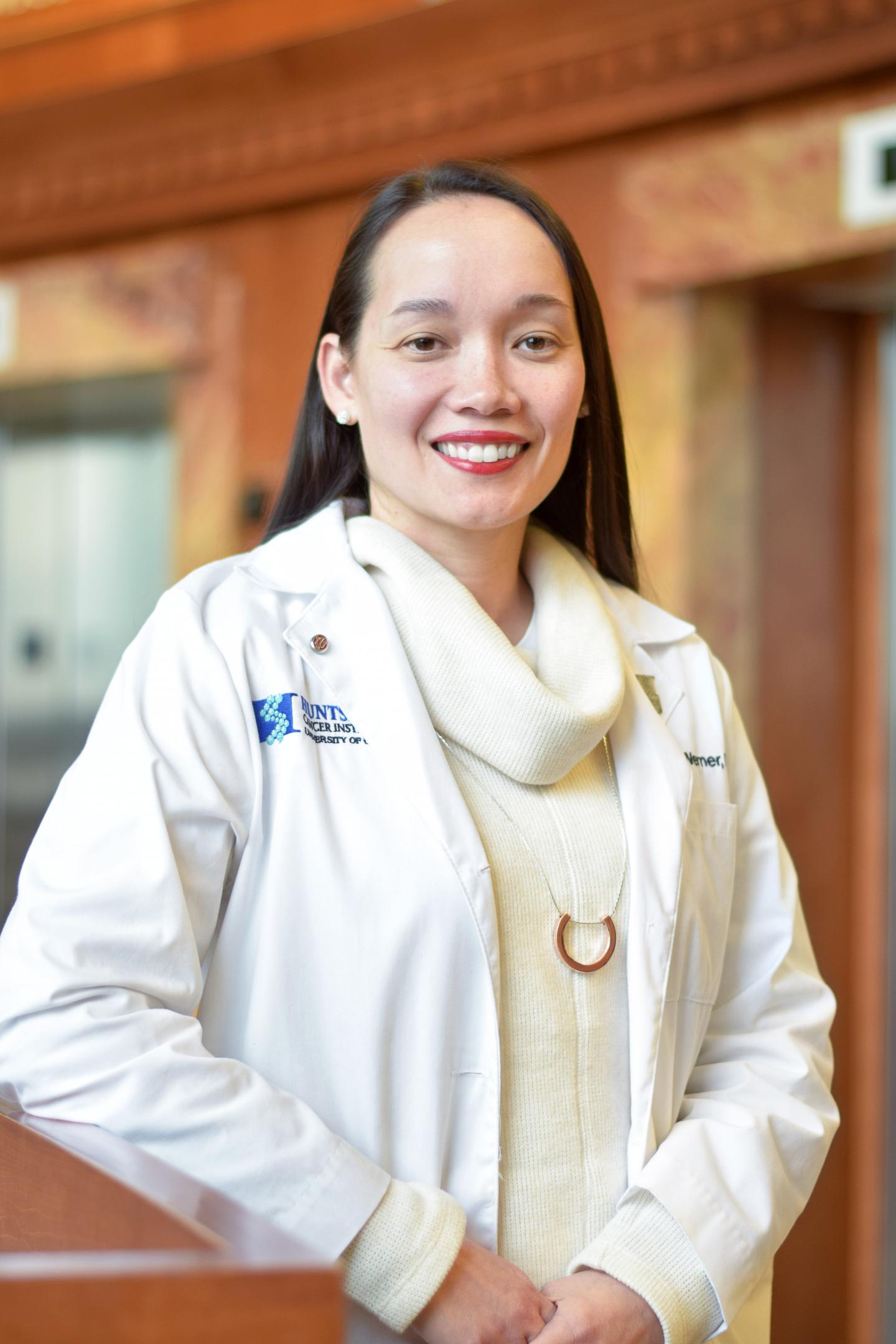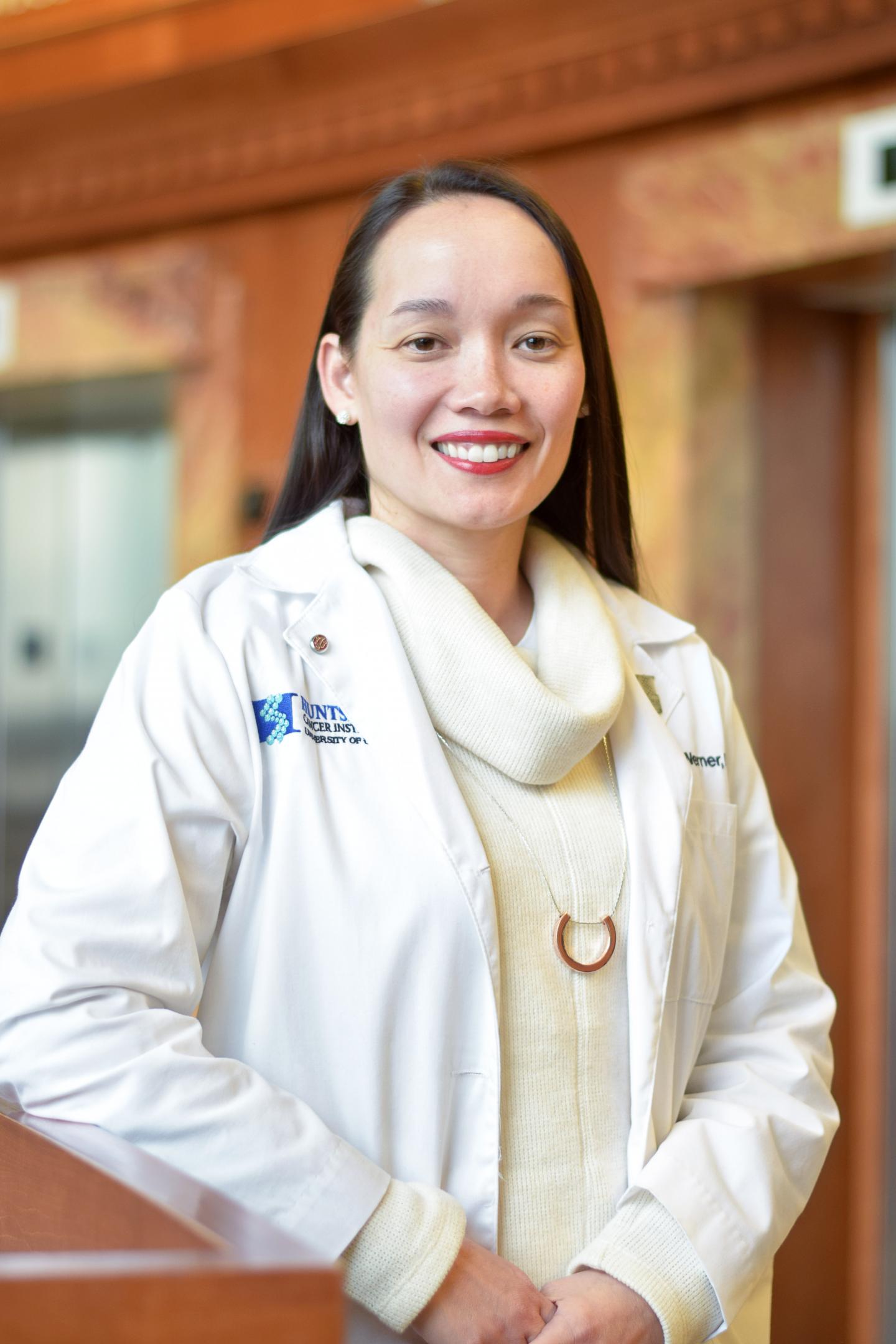
Credit: Huntsman Cancer Institute
SALT LAKE CITY – A new study by researchers at Huntsman Cancer Institute (HCI) at the University of Utah observed how breast cancer tumors evolve over time and demonstrated how changes within tumors may contribute to the process by which cancers no longer respond to treatment. Further, the research identifies that some of these changes may be shared across certain treatment-resistant breast cancers. The study was published this month in Nature Communications.
Collecting tumor samples can be medically invasive and expensive and, as a result, samples are taken infrequently, like when the cancer is first diagnosed or at other key points in treatment. Because frequent sampling isn't usually done, decisions as to what treatment to give can't be tailored to changes that may have occurred in the tumor over time.
Researchers set out to analyze why some breast cancers become resistant to treatment. "I think the million dollar question in cancer is what makes one patient's tumor respond differently than another patient's tumor," said Theresa Werner, MD, Medical Director of the Clinical Trials Office at HCI and Associate Professor of Medicine at University of Utah Health. The cells in tumors are not identical to one another. Instead, studies have shown that different cells can possess different genetic alterations and rely on different signaling pathways to survive, grow, and spread. As a result, they may respond differently to different drugs.
For this study, Werner and her collaborators were able to trace the timeline of treatment of four breast cancer patients, over the course of between two to fifteen years for the patients analyzed. In a unique collaboration between several researchers and medical oncologists, samples of cancerous tissues were collected from breast cancer patients during their regular course of treatment. The tissue samples were then sequenced to study how the samples changed over time and how the tumors responded to each treatment. Using these data, the researchers were able to assess how changes in the tumor coincided with when the patient's cancer stopped responding to treatment. In general, their analyses showed that treatment-resistant cells shared some common, important functional characteristics — known as their phenotype — explains the study's senior investigator, Andrea Bild, PhD, of the City of Hope Comprehensive Cancer Center in California.
The ultimate goal for the researchers is to understand what is happening in a patient's tumor in as close to real time as possible, to predict what will happen next, and to adjust treatment accordingly.
Two new clinical trials set to start early next year at HCI and City of Hope will build on this research. Werner says "ultimately we want to actually predict what is really going to work best for your tumor during the course of your disease. While we're not ready to apply this to standad patient treatment now, with this work we are one step closer to doing that."
###
The study was funded by the National Institutes of Health 4U01CA164720, National Cancer Institute P30 CA042014, and the Huntsman Cancer Foundation.
Huntsman Cancer Institute (HCI) at the University of Utah is the official cancer center of Utah. The cancer campus includes a state-of-the-art cancer specialty hospital as well as two buildings dedicated to cancer research. HCI treats patients with all forms of cancer and operates several clinics that focus on patients with a family history of cancer. As the only National Cancer Institute (NCI)-Designated Comprehensive Cancer Center in the Mountain West, HCI serves the largest geographic region in the country, drawing patients from Utah, Nevada, Idaho, Wyoming, and Montana. HCI scientists have identified more genes for inherited cancers than any other cancer center in the world, including genes responsible for hereditary breast, ovarian, colon, head, and neck cancers, along with melanoma. HCI manages the Utah Population Database – the largest genetic database in the world, with information on more than 9 million people linked to genealogies, health records, and vital statistics. The institute was founded by Jon M. and Karen Huntsman. Mr. Huntsman is a Utah philanthropist, industrialist, and cancer survivor.
Media Contact
Debby Rogers
[email protected]
801-587-7639
@UofUHealth
http://healthsciences.utah.edu/





